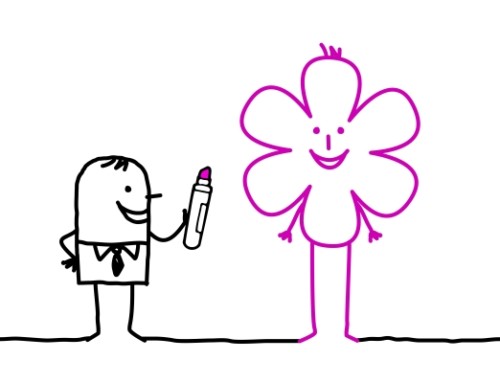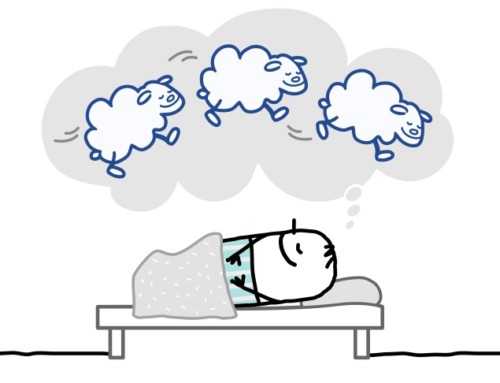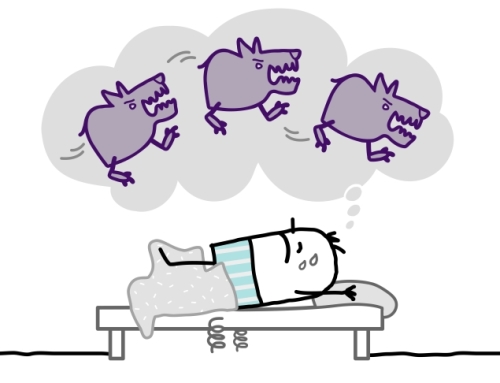In this article, I discuss how you can heal from traumatic events by changing negative thoughts and beliefs associated with those events.
As a psychologist who specializes in cognitive behavioural therapy (CBT), I regularly help my clients learn cognitive restructuring skills. These skills allow clients to change how they feel by changing the way they think. A frequent use of cognitive restructuring skills is in helping clients feel better in response to negative events and situations they encounter in their present day lives–for example, feeling less frustration in response to a difficult work situation or less anxiety regarding one’s future prospects in career, finances or relationships.
Cognitive restructuring is equally effective in helping clients feel better regarding negative events from their pasts. In fact, it is a key component of CBT treatment for post-traumatic stress disorder (PTSD). In the following sections, I will discuss how cognitive restructuring skills play a pivotal role in helping people heal from negative events from their pasts.
Using cognitive restructuring to target ‘hot spots’ in memories of traumatic events
A critical barrier to healing from traumatic events is the presence of ‘hot spots’ in one’s memories of the events. Hot spots are aspects of the memories which lead to the experience of strong emotions. For example, a person who was abused may have aspects of their memory of the abuse which lead them to experience guilt, shame, anxiety and anger. The presence of the hot spots interferes with the person’s willingness to think about the memories of the traumatic events. This avoidance, in turn, has been found to interfere with the memories of the events becoming organized and coherent. Achieving such organization has been found to be critical in being able to put the events in the past. Without this organization, the memories continue to intrude on one’s consciousness as they seek organization.
Changing thoughts and beliefs to make the hot spots ‘less hot’
Cognitive restructuring helps the victims of traumatic events be able to think about these events to achieve the organization necessary to put them in the past. It does so by making the hot spots in the memories of the events ‘less hot’. This is done by identifying and changing the beliefs and thoughts which are associated with the intense emotions. As is the case when someone experiences strong emotions as a result of events in their present-day life, the thoughts and beliefs fuelling the strong emotions associated with traumatic events from one’s past tend to be distorted. That is, they are not completely accurate as a result of the presence of negatively skewed thinking patterns such as jumping to conclusions, all-or-nothing thinking, and recalling negative elements of their behaviour while overlooking the positive elements.
Evaluating thoughts and beliefs with evidence—the essence of cognitive restructuring
Restructuring the thoughts and beliefs which fuel hot spots for traumatic events involves evaluating these thoughts and beliefs with evidence. This allows the person to move toward more accurate, balanced thoughts and beliefs in relation to the events. Having these balanced thoughts and beliefs to replace the distorted thoughts in turn leads to a decrease in the intensity of the emotions the person experiences when they think about the traumatic events.
For example, someone who was abused or assaulted may have hot spots in their memories of these events involving intense guilt fuelled by beliefs such as, “I was responsible” and “I should have stopped it.” Evaluating these beliefs with evidence helps to change them into more balanced beliefs which helps to decrease the intensity of the guilt the person experiences. In turn, this makes it easier for the person to think about the events in their memories so that organization of the memories can be achieved. Doing so makes it less likely that the memories of the events will intrude on the person’s consciousness. This is a key indicator that the person has healed from the events.
A psychologist who is skilled in cognitive behavioural therapy can help you learn and apply cognitive restructuring skills to help you heal from traumatic events you have experienced. I do this in trauma counselling and PTSD counselling in my work as a Calgary psychologist and a Cochrane psychologist.
May you heal from any traumatic events you have experienced,
-Dr. Pat






Leave A Comment